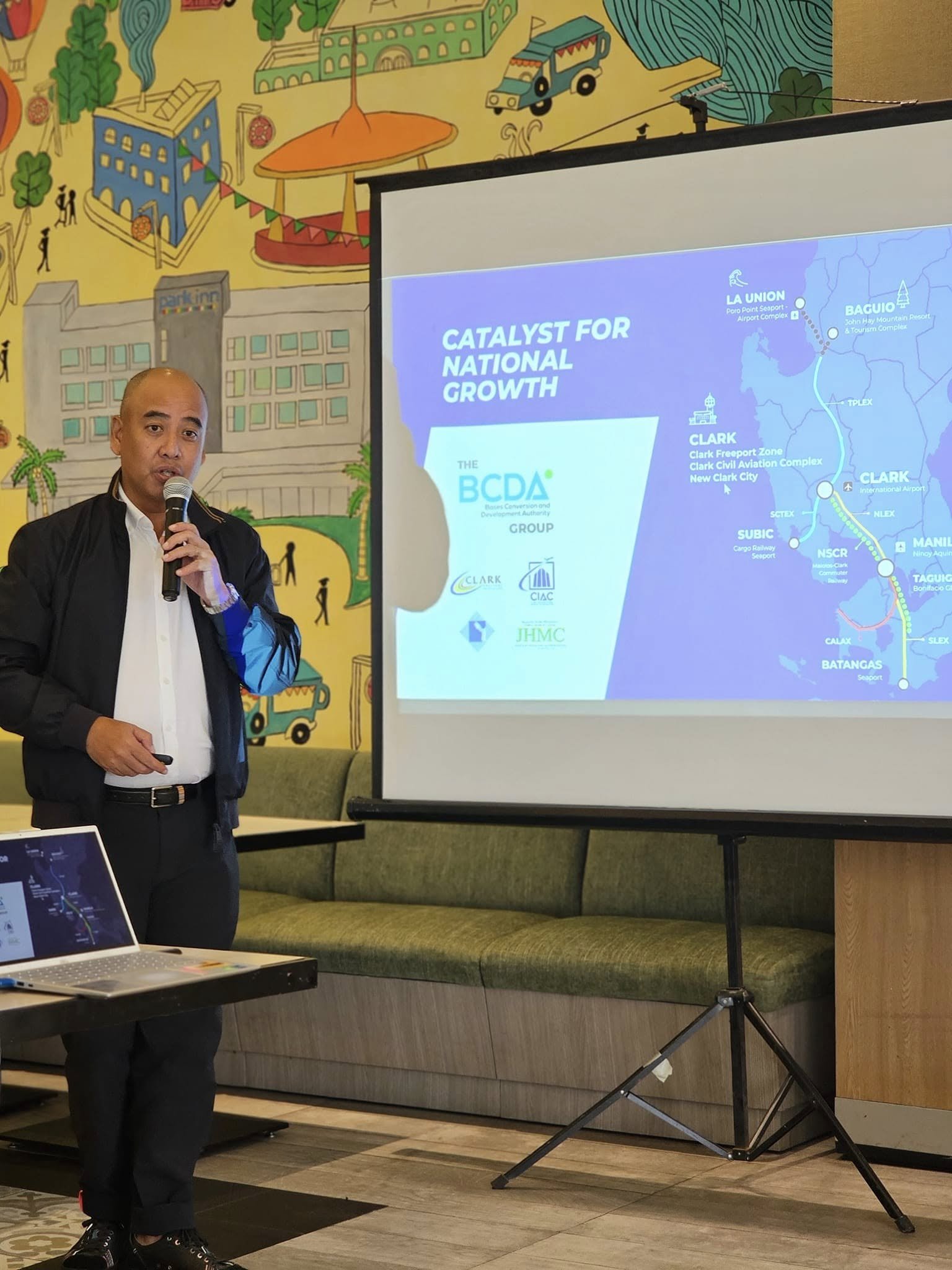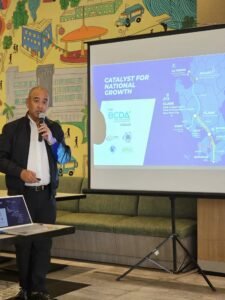Central Luzon’s economy became stable in 2022 due to the continuous reversion of investment, business, and commerce.
The regional economy grew at 7.4 percent, which has paved the way for it to bounce back from the effects of the COVID-19 pandemic.
During the Dagyaw 2022: Bayanihan sa New Normal na Lipunan hybrid forum, National Economic and Development Authority (NEDA) Supervising Economic Development Specialist Jesito Ponio Jr. said the economy of Central Luzon kicked off with a complete turnaround from the health emergency and recession after the government bolstered efforts to close vaccination deployment gaps, and provide policy support to accelerate socio-economic recovery.

“The cost of the region’s economy is at P2.02 trillion in 2021, making it the third largest economy in the country next to the National Capital Region and Calabarzon,” he added.
About 46% of this is contributed by the services sector, 42.2% by the industry sector, and 11.8% by the agriculture, hunting, fishery and forestry sector.
In addition, Ponio underscored that Central Luzon is implementing various measures to curb inflation and direct it to the goal-consistent path in the medium term.
“NEDA, through the help of other government agencies, is thoroughly observing the increase in prices of major goods in the region,” he said.
The region recorded a 7.1% inflation rate in September 2022, a figure that is higher than the 1.8% recorded during the same period in the pre-pandemic 2019.
The province of Bataan recorded the highest inflation at 8.5%, followed by Zambales at 7.9%; Nueva Ecija— 7.3%; Aurora— 7%, Pampanga—6%; Tarlac—5.4%; and Bulacan—4%.
Meanwhile, Ponio highlighted that Central Luzon’s labor market is improving, reflecting that it is continuously rebounding.
The region logged a 5% unemployment rate in July this year which is lower than the 7.5% recorded in the same period last year.
It has also noted a 7% underemployment rate in July 2022 which is slightly lower than the 7.5 % recorded in the same period in 2021.
“This means that the region is creating quality jobs over time, and that the jobs created are giving the residents enough income,” he explained.
Ponio also emphasized that Central Luzon remains as the country’s top food basket in the second quarter of 2022.
It ranked first in the production of rice, chicken, duck, duck eggs, tilapia, tiger prawn, catfish, milkfish, and mud crab.
It was second in the production of chicken eggs; fourth in both corn and goat meat; and seventh in pork.
“This is proof that the agriculture and fisheries sector in the region is continuously growing,” he stressed.
Moreover, Central Luzon became the most favored investment destination in the country during the second quarter of 2022.
“It has received committed investments from foreign nationals and Filipinos amounting to P52.2 billion, which represents a 52.4% share to the national total approved investments,” he said.
The region likewise has 30 strategic capital projects expected to expand the infrastructure base, develop new and better industries, increase the productive capacity of the economy, create jobs, increase income, and strengthen the investment climate.
As for economic outlook in 2023, the Philippines will remain as one of the fastest growing economies in Asia.
“It will be reinforced by the massive infrastructure spending of the national government, and robust domestic consumption,” Ponio said.
Dagyaw 2022 was organized by Department of the Interior and Local Government, Department of Budget and Management, and Philippine Information Agency. (MJSC/JLDC-PIA 3)
PHOTO CAPTION:
National Economic and Development Authority Supervising Economic Development Specialist Jesito Ponio Jr. shares during the Dagyaw 2022: Bayanihan sa New Normal na Lipunan hybrid forum that Central Luzon’s economy became stable due to the continuous reversion of investment, business, and commerce. (PIA 3)













